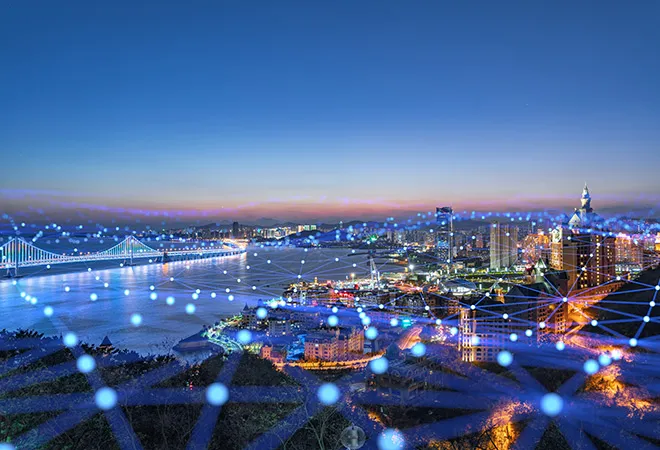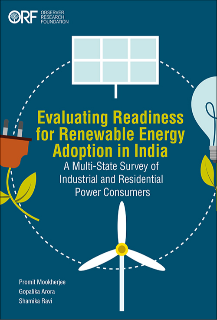
The killing fields of 5G are no longer Emperor Xi Jinping’s exclusive preserve. Never mind Trump’s botch-ups on the coronavirus front, as far as 5G is concerned, Xi stands thumped with some very smart cyber diplomacy.
The effectiveness of the American countercharge has five pillars: Clean communication; collaboration; Washington’s investment in the success of non-Chinese telecom firms; igniting investor interest in do-ability; and not punishing legacy networks who got wedded to Huawei and gang in a more innocent world.
Of these, clean communication is a favourite. The message that Huawei and the rest of Xi’s dark knights are shady has gone far and wide. Only vassal states of the middle kingdom may not have got the point. But they really do not matter in this global war anyway.
Sharp words are not new to briefing rooms in Washington and Beijing. “The CCP’s exploitation of this disaster to further its own interests has been disgraceful”, declared Secretary Mike Pompeo on July 21. “Rather than helping the world, General Secretary Xi has shown the world the party’s true face. We talked about how we’ve seen Hong Kong’s freedoms crushed. We’ve watched the CCP bully its neighbours, militarise features in the South China Sea, and instigate a deadly confrontation with India.”
“ made a sovereign decision to ban Huawei from future 5G networks. We support those sovereign choices; we think well done.”
Xi’s mismanagement of the initial COVID-19 outbreak and questionable tactics since, his actions in Hong Kong, the South China Sea and Ladakh expanded the number of ’nays’ against a Xi-dominated communication order.
The second pillar of US strategy is based in inclusion. Unlike Chinese 5G, Washington’s articulation of the future is about collaboration and not letting any state cross the line. Pompeo explains:
Notice how Pompeo’s list of clean telcos is not limited by geography.
Robert L. Strayer, a top cyber diplomat: “The Covid-19 pandemic has brought the critical nature of ICT sectors’ work to the focus of industry, governments, and the general public. Everyone now realizes the importance of digital technology for telemedicine, education, and doing business.”
“The consequences of 5G deployment choices made over the next few years by government and by telecom operators will be felt decades to come. Countries need to be able to trust the 5G equipment and software providers. .” Trust cannot exist where telecom vendors are under the thumb of an “authoritarian governments like the People’s Republic of China which lacks an independent judiciary or the rule of law that would effectively prohibit the misuse of data or the disruption of critical networks.”
Strayer goes on “ Allowing untrusted, high-risk vendors such as Huawei and ZTE into any part of 5G networks makes critical systems vulnerable to disruption, manipulation, and espionage while putting sensitive government, commercial, and personal information at risk.”
Strayer (and through him, Pompeo and Trump) are playing the inclusion card. Starting with Britain, the deputy assistant secretary stated: “We will continue to work with the United Kingdom on fostering a secure and vibrant 5G ecosystem, which is critical to transatlantic prosperity and security. The United Kingdom is just one of a growing list of countries that are standing up for their security by prohibiting the use of untrusted vendors in their 5G networks. We have seen a number of countries across Europe – including the Czech Republic, Poland, Romania, Denmark, Estonia, Latvia, Sweden, and Greece – that are prohibiting these high-risk vendors from their networks.”
Stitching into this is a third pillar, that of Washington’s investment in the success of non-Chinese telecom companies and not just governments.
“Telecommunications vendors are taking action on their own. Telefonica in Spain, Orange in France, the largest telecom operations in those countries, as well as Jio in India, Telstra in Australia, SK and KT in South Korea, NTT in Japan, and the telecom operators in Canada and Singapore, as well as many others, have made the decision to only use trusted vendors in their 5G deployments,” Strayer said, encouraging “all countries to secure their communication networks by prohibiting untrusted vendors, thereby increasing the attractiveness of their digital infrastructure to outside investment.”
Clean communication, and a coalition of governments as well as telcos need to rest on the all-important fourth pillar. That pillar is igniting investor interest in do-ability.
This too was clearly stated by Strayer leveraging on an Indian example: “I think the lesson of Reliance Jio is that they’re — they’re just — there’s nothing mystical about 5G technology. It has the same types of components that 4G technologies has; it’s just evolved to another level. So there’s ways that the indigenous production could occur in India, and really there’s a global market of different components that go into these between the antenna, the base stations, the backhaul, the core servers and management of the network are things that have occurred in previous generations, and it’s things that can be continued on. So I hope there’s — as we deepen our trade relationship in the digital area with India, that is for both hardware components and software, that we see a flourishing of collaboration and innovation so that India has the best of ICT technology, and the United States does as well.”
Finally, the trouncing of Xi might lie in not leaving legacy networks behind. Team Pompeo did not castigate 2G, 3G providers who got wedded to Huawei and gang in a more innocent world. As Strayer shrewdly observed: “With regard to the legacy untrusted — technology with untrusted vendors, all technology has a life cycle. It wears out more quickly than other types of equipment that businesses purchase, other types of capital expenditure, because technology moves so quickly, as we all know. New generations come out, new capabilities, faster computing, better storage. So as that life cycle wears out or, if you will, depreciates, it makes equipment less relevant and less usable for today’s needs. That’s – those are good opportunities to replace it. So there’s ways to look at the life cycle of equipment and replace it according to that. Our campaign is focused on the move to 5G, but we realize the legacy 3G and 4G infrastructure will underpin move to 5G. So we do encourage governments and telecom operators just to look at how they can start moving, migrating away — that is, from untrusted vendors to trusted vendors.”
Xi and his marauding 5G army have an unenviable task. The one option, diminishing fast, could be to clean up and list these companies on NASDAQ. The probability of that happening is just as much as Xi letting go.
The views expressed above belong to the author(s). ORF research and analyses now available on Telegram! Click here to access our curated content — blogs, longforms and interviews.




 PREV
PREV


